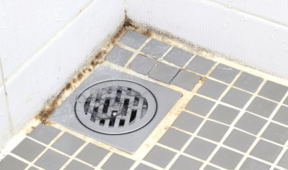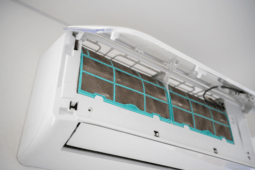How to Reset an Outlet [DIY Electrician]
Dead outlets annoy us to a fault. When we are in the middle of something and a problem with the outlet occurs, it hampers us to complete our job. Some would call the electrician directly because they think a major problem has occurred. However, you do not really need to call a pro just yet. You may solve small problems if you only know how to reset an outlet.
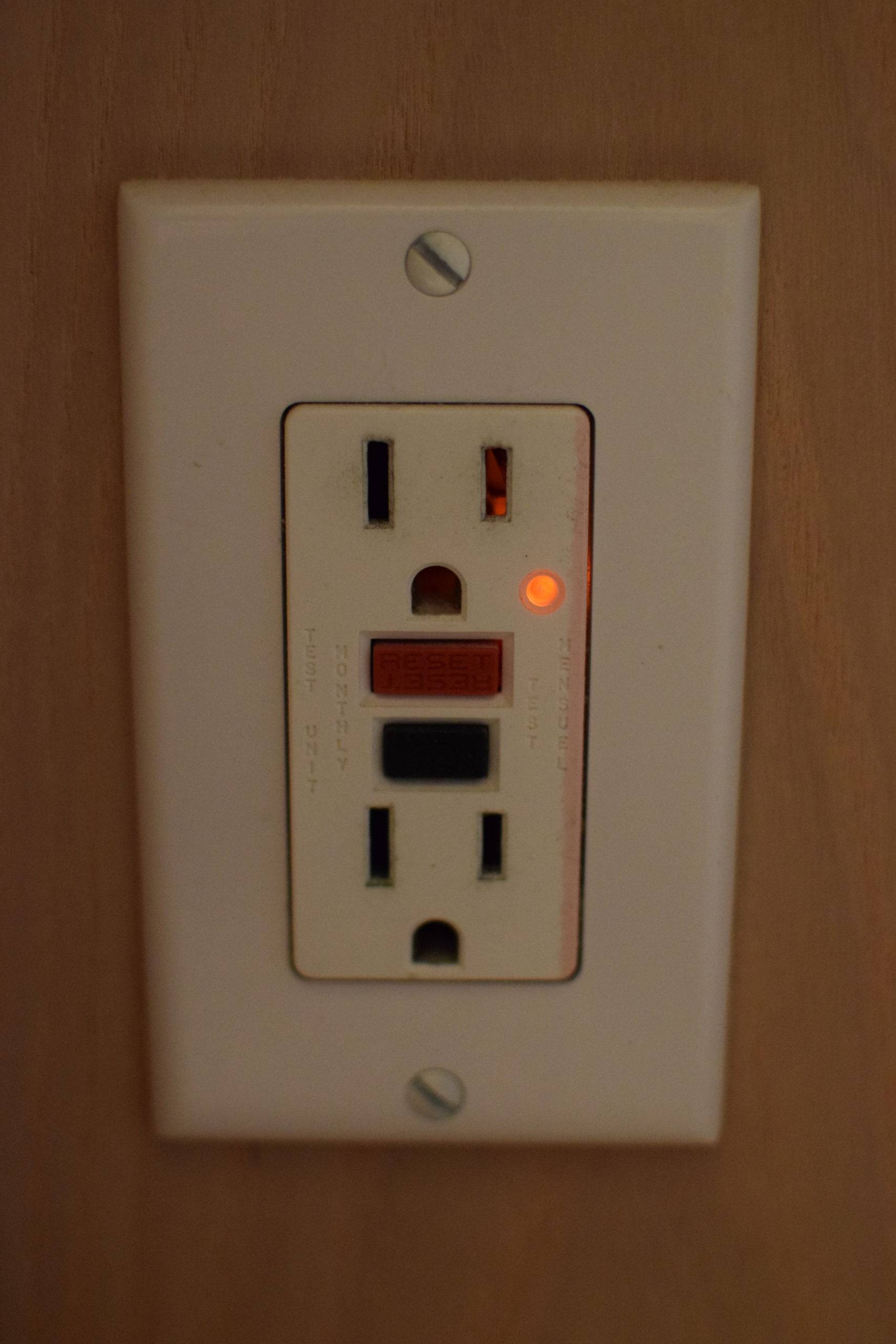
What does the GFCI outlet stand for?
The ground fault circuit interrupter (GFCI) outlets are there for a reason. Notice the outlets with the TEST and RESET buttons in the bathroom, kitchen, and garage of your house? You can mostly find these outlets in places with a high risk for shock.
GFCI outlets are known to be life-savers. Thus, you need to have it in your homes too. The purpose of a GFCI outlet is to cut off power immediately when a ground fault happens. A ground fault happens when an electrical current become grounded unexpectedly. This prevents electrocution on your end.
Still unsure about how it works?
For a better illustration, think of the outlet as a personal checker of the currents between point A and point B. Once the system senses a difference in the pattern of current, it will immediately shut off the circuit to reduce damage and prevent electrocution. Without an outlet, electrical current may travel throughout your body and leave you with burns. In more severe cases, it can cause electric shock and even lead to death.
Why did my outlet die?
How to reset an outlet is essential knowledge in home repairs. But you cannot properly deal with the problem if you do not know the cause. If a circuit interrupter trips, it means that a problem within the system occurs. Though there are many causes as to why a GFCI outlet trips, here are the most common reasons you need to be aware of:
Leakage current
Leakage current is also known as a ground fault. This happens when a hot or live wire makes contact with a ground wire or any grounded area of a gadget or appliance. Since the system works by detecting incorrect current flow, GFCI identifies any current leakage as low as 0.005 amps as soon as it happens. Thus, it trips.
You will recognize a leak in the current if you turn off all switches and unplug everything that shares the same circuit. Then, check for any signs of damage such as wear and tear. If you can see a problem, then that’s a strong indication that the part of the wire has no more protection.
For indoor appliances, you need to identify which one causes the problem first. So, unplug all appliances that share the same outlet and see if the tripping stops. Then, plug the appliance one after the other to determine which appliance caused the commotion. Check it for any problems such as leakage. If there’s leakage, then the appliance needs to be serviced by a professional.
Moisture
Moisture usually happens for outside outlets since water may enter the electrical box located outdoors. This is especially true when they are left uncovered whenever it rains and when the humidity level is high. Meanwhile, the appliances you have inside may also develop moisture on their wirings.
To address the moisture problem, make sure that you put a waterproof cover on outside outlet boxes. You also need to turn off the outlet and blow-dry the water inside. You can reset the GFCI once everything has been dried out completely.
Overloaded circuit
Circuit outlets usually have a maximum of 15 or 20 amps. An overload occurs when the amperage is too much for a circuit to handle. An overloaded circuit does not only mean that you’ve plugged in too many appliances and gadgets all at once. A defective or malfunctioning appliance, which can cause a change in amperage, may also overload a circuit. Even a simple electric wire that has a length of more than 100 ft may cause the GFCI to trip. The GFCI trips to protect anything from overheating.
So what can you do aside from knowing how to reset an outlet of an overloaded circuit? You have to check whether the problem is really caused by an overloaded circuit. To do this, unplug all gadgets connected to the affected circuit. Reset the circuit, and wait for a couple of minutes. Plug one appliance back and turn it on. Did the circuit trip? If not, it didn’t cause the problem. Then, plug another appliance, turn it on, and check what happens. Repeat the process with the rest of the gadgets that you have to determine which caused the issue.
If you alredy determined the appliance in question, check whether there’s a problem with it. If it does not need any repair works, then all you have to do is to separate it from the other appliances by giving it a separate circuit to use on its own.
Defective GFCI outlet, structural wiring, or circuit breaker
GFCI outlets also experience wear and tear. Hence, you need to do regular maintenance checks as well as replace them when the right time comes. Most often, GFCI outlets need replacement every 10 years as recommended by professionals. If you wait too long, you may experience frequent trippings. Replacements should be done by a qualified electrician for safety purposes.
Additionally, a problem with the structural wiring or circuit breaker may also cause the outlet to die. When there are several outlets connected to the same circuit, an electrical fault may occur. However, you need professional help to address the issue on this as well.
How to Reset an Outlet in 7 Steps
Understanding how an outlet works, as well as how to reset an outlet, is a handy skill that you need at home. Though some problems require the need of a professional, you can do easy fixes on your own if you know what you have to do to keep an outlet back on track.
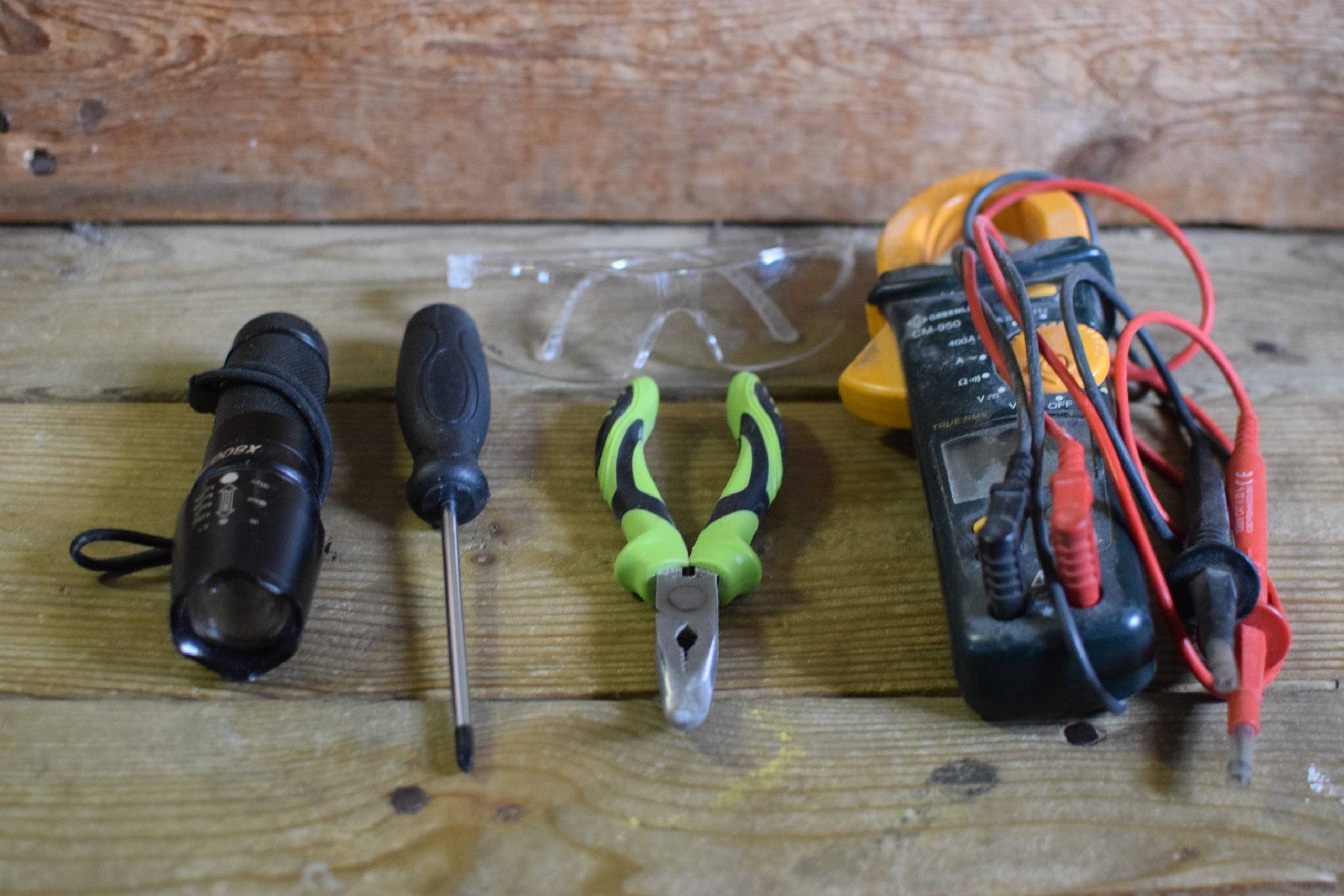
Supplies
- Flashlight
- Screwdriver
- Nose pliers
- Safety goggles
- Voltage tester (optional)
Step 1
Once an outlet dies, check if other outlets stopped working by checking the lights and other appliances. You may use a voltage tester to determine whether there’s a problem or not. But if you don’t have a voltage tester available, you can simply plug in a lamp and turn it on.

Step 2
Unplug all devices, appliances, and other connected gadgets from any dead outlet. Mark dead outlets to avoid confusion once you turn the power back on.
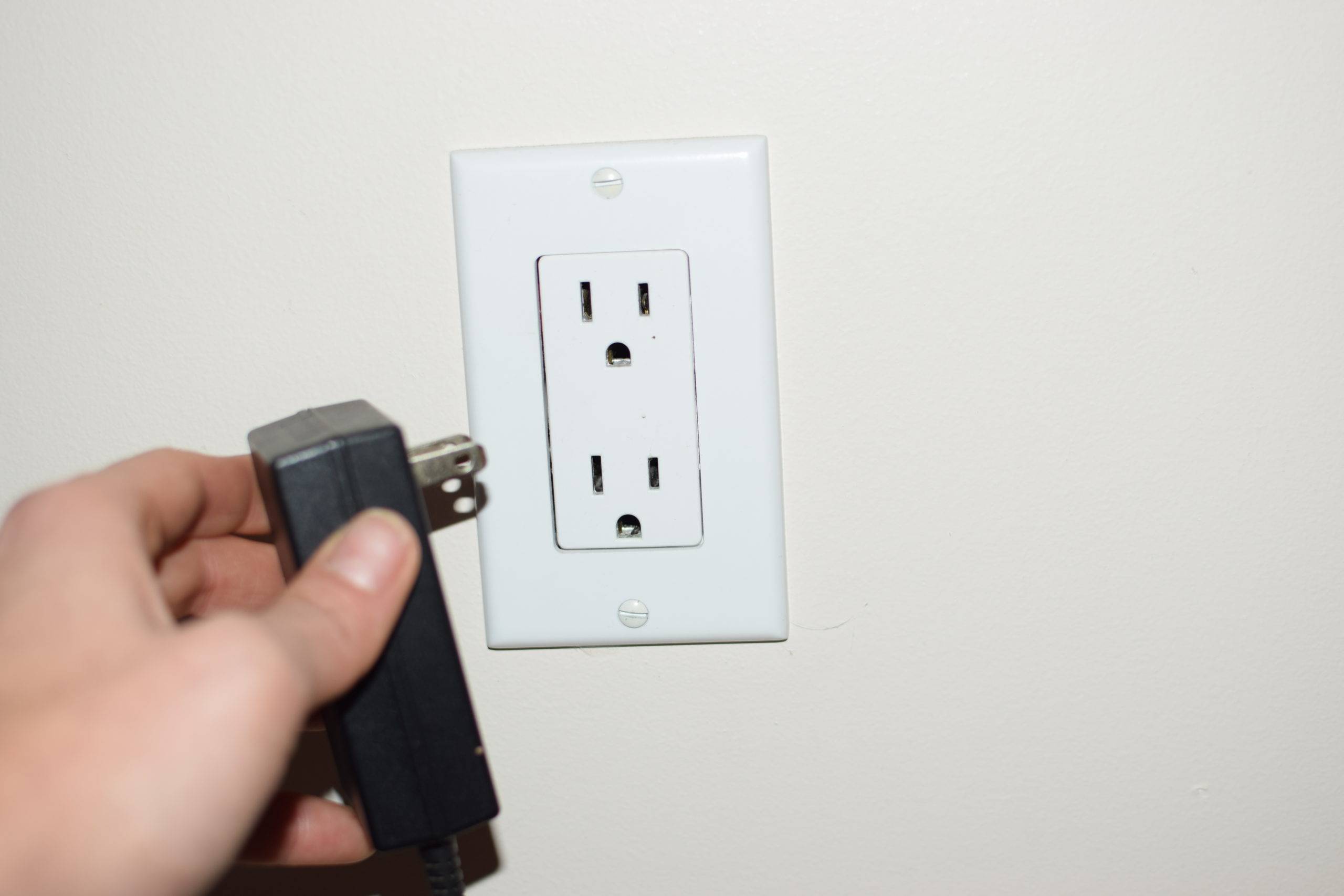
Step 3
Inspect the circuit breakers. Find where the main breaker panel is and safely open the metal door. You will see different fuses or circuit breakers. Hence, you need to specifically locate the tripped breaker. You can distinguish a tripped breaker easily since it does not align with the rest. If you find it hard to determine a tripped breaker, then you can simply push everything off and just switch them to “on” in the next step.
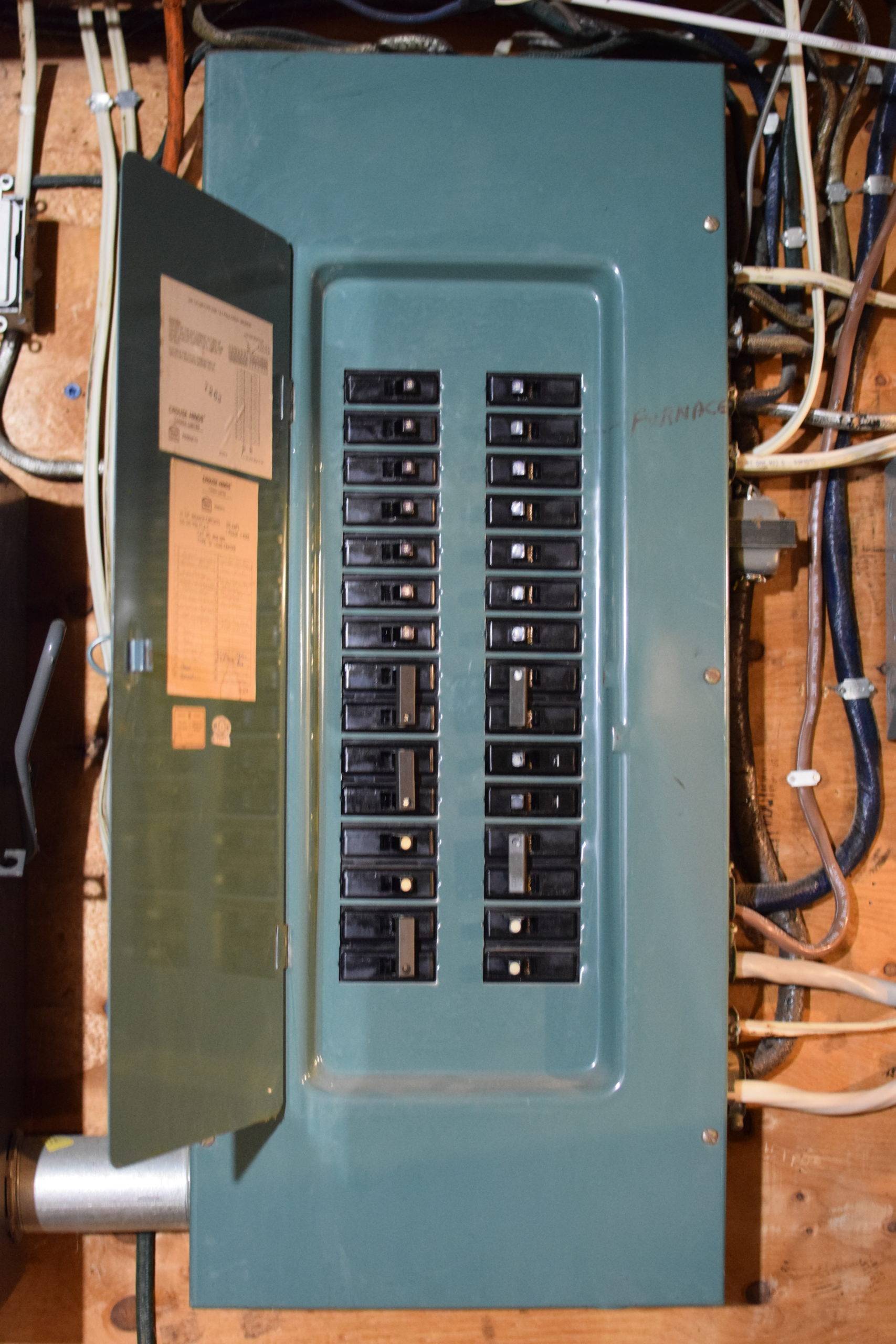
Step 4
To reset the breaker, you need to turn it off first. You have to hear a click sound when you turn it off. Otherwise, it wasn’t fully shut off. Now, push the handle of the breaker towards the “on.” Make sure that it lines up with the rest of the breakers.
This step is one of the most important ones in resetting an outlet. If it goes back to its tripped position after you firmly push it on, then there might be wiring issues or a malfunctioning item that’s plugged into that circuit. A short circuit or leakage current may also be the reason why it won’t reset.
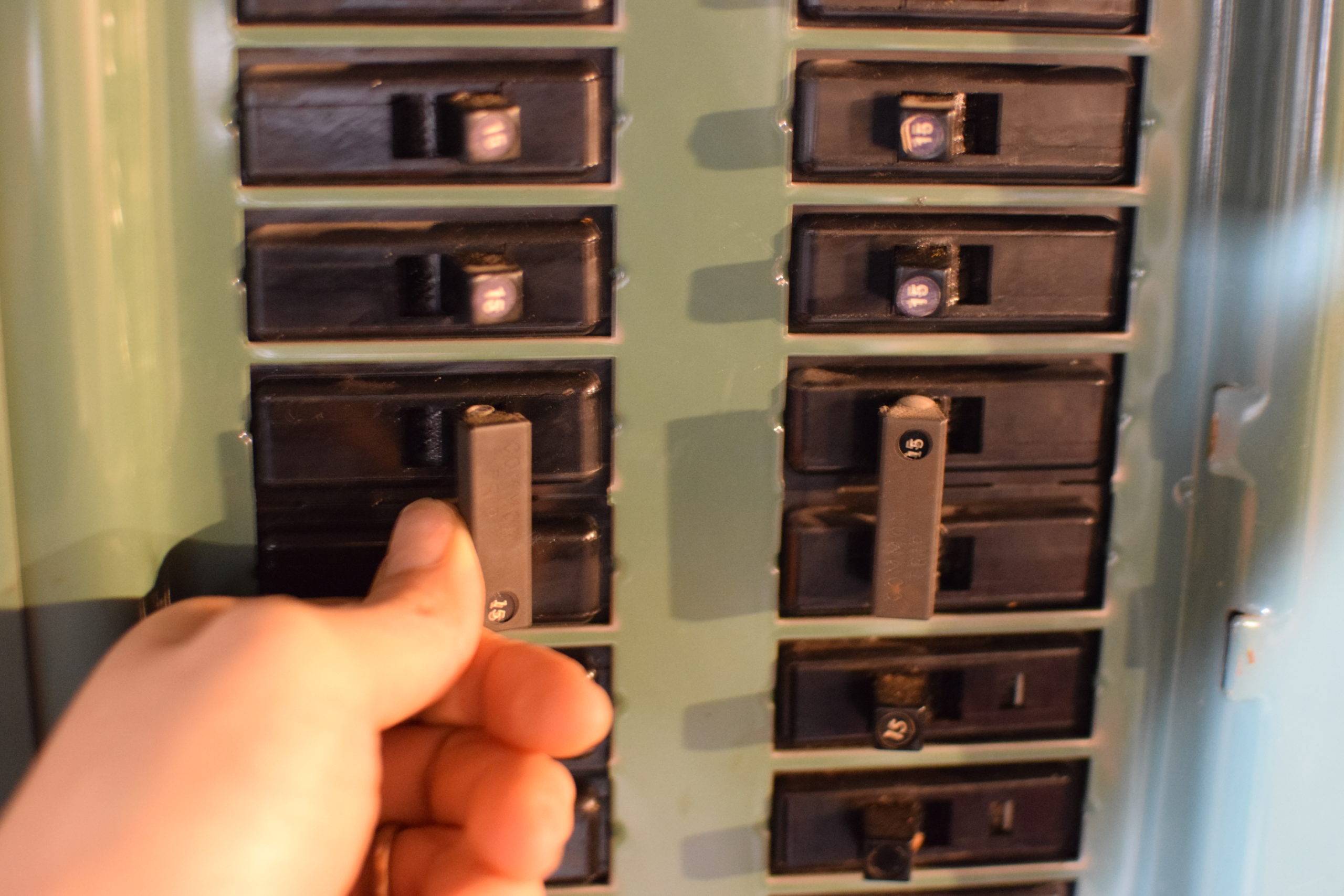
Step 5
Sometimes, the problem is in the fuse. When there are fuse problems, the best thing to do is to replace them. Just make sure that the fuse replacement has the same type and amps as the old one.
New homes may not have fuse boxes since these are things from the past. Most new homes today have the main panel where all circuits are. This system is a lot safer than fuse boxes.
Step 6
Now, check the GFCI outlet itself. Some people skip Steps 1 to 5 and directly proceed to Step 6. However, we recommend that you follow all procedures accordingly for a seamless approach on how to reset an outlet.
Locate the GFCI outlet that you need to reset. You will see two buttons: RESET and TEST. Simply press the RESET button and you will hear a click. This will do the trick and the outlet should start functioning again. But if it does not, you may be overloading the circuit with all the appliances plugged in or there’s one faulty appliance in the bunch. Refer back to some of the causes I have shared above to determine the root cause of the problem.
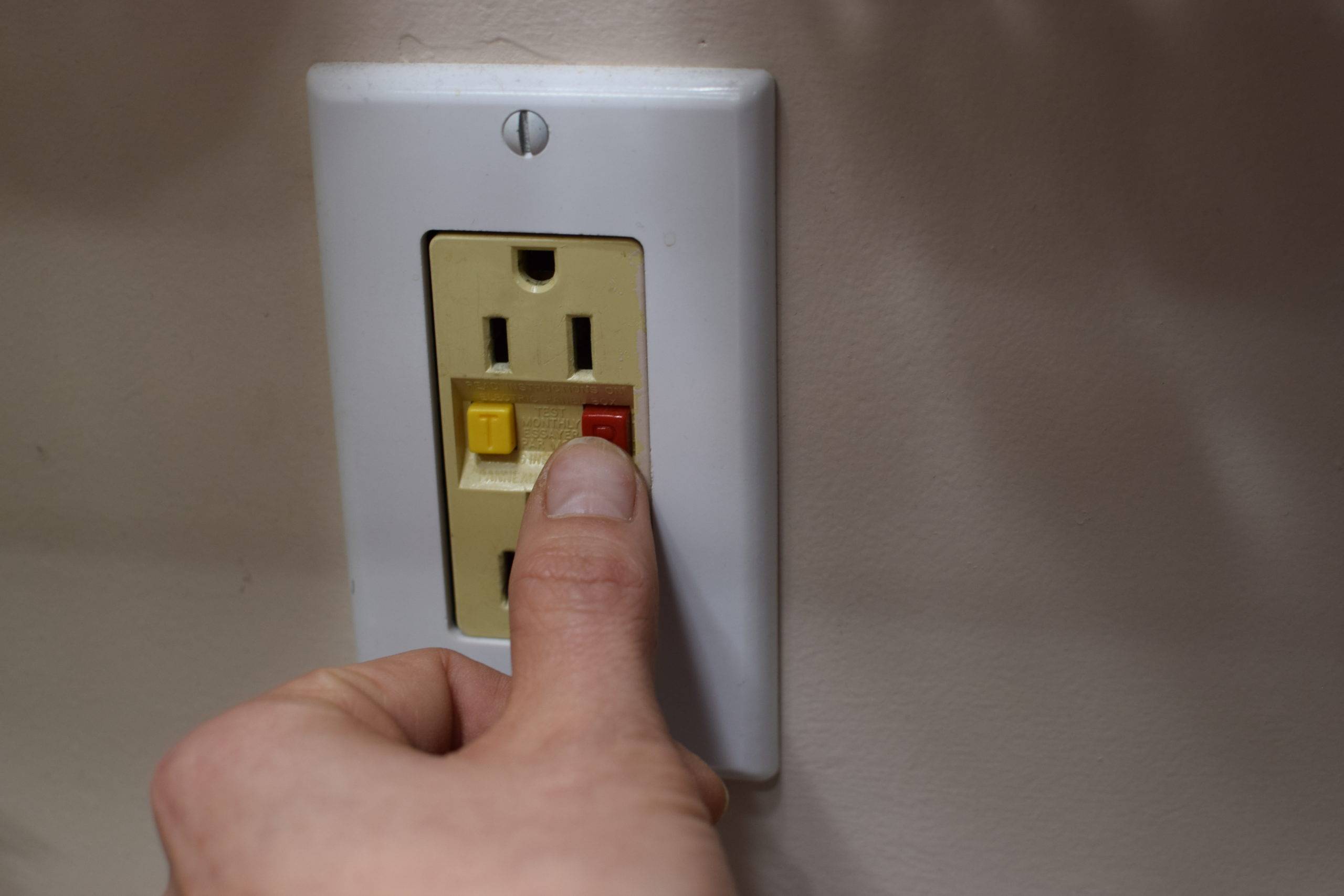
Step 7
Install a new outlet if all else fails. A GFCI outlet won’t reset if there’s a bad connection. So make sure to check for loose terminal screws, wires at wire connectors, and stab-in connections. These three are the most common types of loose connections that happen within an outlet.
Whenever a loose connection occurs, you need to install a replacement outlet. However, you may need to contact a professional electrician. Doing this yourself can be dangerous.
Takeaway
Resetting a new outlet is not just about skill and knowledge. Though you may know how to reset an outlet by yourself, but if you do not have the confidence to do it, it’s better to call an electrician. Remember, you are dealing with electrical currents here and electrocution may happen. Hence, you need to prioritize your safety first above all else.


